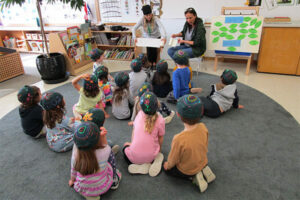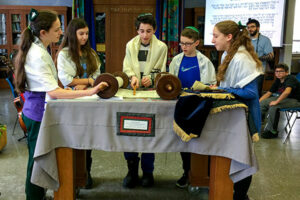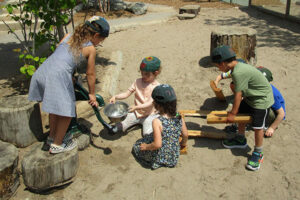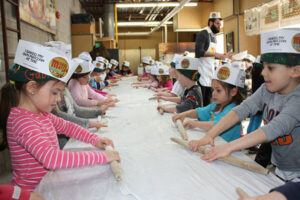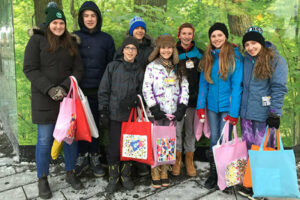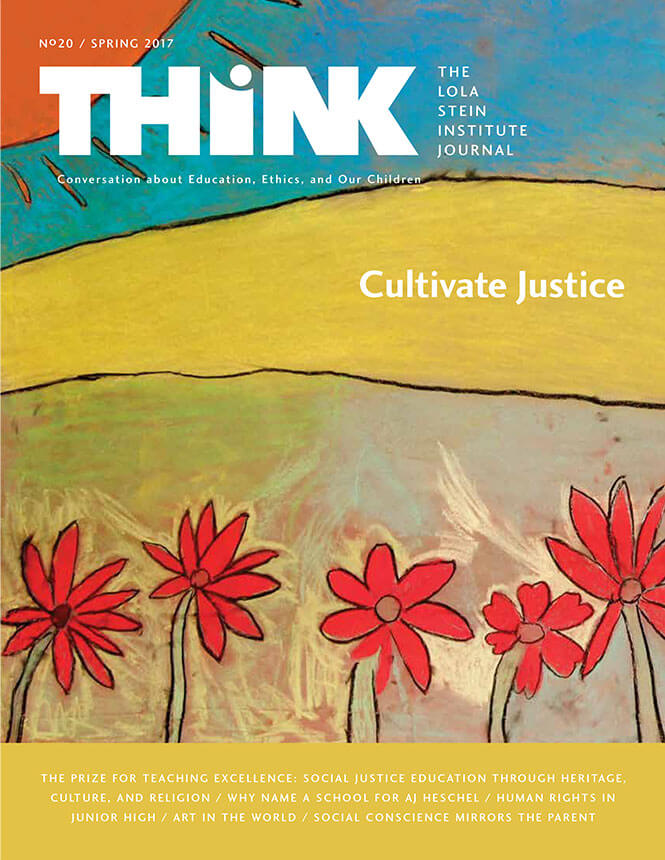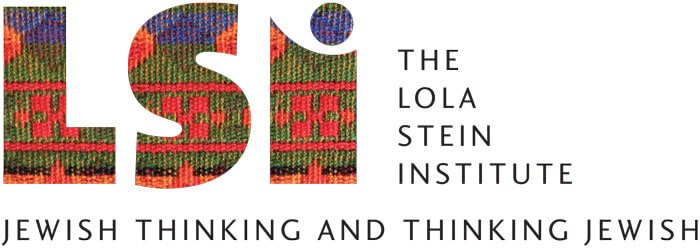- How We Teach

- First Column
- Second Column
- Third Column
- Case Studies

- First Column
- Second Column
- Culture & Community

- First Column
- Second Column
- News & Views

- Admissions

- First Column
- Second Column
- Support Us

- About

- First Column
- Second Column
- Parent Hub
- Attend an Open House
- Take a Tour
- Donate Now
- Calendar
- Blog
- 416-635-1876
- Search
Art in the World
by
What role might art play in the pursuit of social justice?
In the wake of recent political events, there’s an active side discussion of the role art has to play in public discourse. Quips have been made about how Brexit and a Trump presidency will revive protest literature and punk. Saturday Night Live’s satire seems not just topical but important, and thinkers from various platforms are encouraging those of us who make and consume art that our endeavours are more necessary than ever.
On the other hand, various pundits warn us not to expect too much. As David Berry recently wrote in The National Post, “Art cannot and will not save us. At its absolute best, it can only show us that there are things worth saving.” Art has always responded to its current moment, but as a tool for political activism and social engagement it has had mixed success, producing as much propagandistic dreck as transcendent masterpieces. Jason Guriel, a devoted bubble-burster, suggested in The Walrus that artists “would do well to resist overestimating the power their art possesses.”
How do we teach our children to cherish art in this context? While we obsessively re-check our social media feeds for the latest troubling update, how do we remind our children to pursue nuance and complexity? In a world that seems to value sloganeering over science, speed over depth, and clicks over community, how do we emphasize that the longer, slower burn of serious artistic engagement matters? If a painting or a poem can’t be monetized or marketed, how can we measure its impact? What role might art play in the pursuit of social justice?
First, we are reminded that art is more ubiquitous than we are sometimes aware. Art will not tie your shoe for you. But you probably learned it with a rhyme, a song can put that lesson into a funny but instructive context, and a painting can evoke the exhaustion implicit in a worn pair of untied shoes. Art shapes our encounter with the world, whether it’s in the architecture of our buildings or the metaphors we summon to raise the tone of ceremonies and occasions.
Second, we are reminded that works of art – from the poetry of Langston Hughes to Shalom Aleichem’s Tevye stories, from Tony Kushner’s Angels in America to the music of A Tribe Called Red – have always served as rallying points for communities, especially communities under stress, and have helped us to better understand each other. It’s worth remembering that, despite the fact that journalists had been reporting the harrowing facts for months, it was a photograph of a drowned boy that really ignited the movement in Canada to help Syrian refugees.
And we have plenty of examples when art has galvanized a movement, exposed political hypocrisy, or demanded change. Upton Sinclair’s 1906 novel The Jungle did more to regulate the meat packing industry than any newspaper article. Invisible Man and Roots are still touchstones in the battle for racial equality. Tom Hanks’ and Denzel Washington’s performances in Philadelphia helped change public attitudes towards those who suffer from AIDS. And popular songs have been a force for social justice for centuries, from “Let My People Go” to “Hatikvah” to “John Brown’s Body” to “Strange Fruit” to “We Shall Overcome” to “Respect” to “The Times They Are a Changin’” to “A Change Is Gonna Come” to “Coal Miner’s Daughter” to “Big Yellow Taxi” to “Fight the Power” to “Same Love.”
Art is not just a form of escape from the facts of the world; it can also be a way to see the world with fresh eyes, a new perspective, an attention to detail, mystery, and beauty. And this is all the more true when we make art as it is when we “consume” it. The satisfactions we experience when we create or encounter art, like spiritual fulfillment or wisdom or love, are valuable whether or not they can be accurately measured.
Artistic endeavours often suffer in comparison to disciplines like math or science or business that seem to emphasize “the facts.” Public discourse emphasizes practical skills because they seem more useful in “the real world.” (As if the real world functions without emotion, spirituality, psychology, or mystery, all of which are better understood in art than in science.) In comparison, artistic pursuits may seem frivolous or at best a pleasant addendum to the “core curriculum.”
A far more useful metaphor is of athletics. There are very few of us who can hope to be Jose Bautista or Serena Williams or Lionel Messi. But we all benefit from playing basketball or jogging or yoga (whether or not we do it as often as we should). If physical activity is crucial to the health of our bodies, then art is crucial to the health of our empathy and imagination. The pursuit of social justice depends absolutely on our empathy to identify problems and our imagination to see a way out of them. They are muscles, and we let them atrophy at our peril. They thrive only when exercised.
1 D. Berry, “Art Can Be a Beacon of Hope or an Explanation of the World …” The
National Post, December 2, 2016, http://news.nationalpost.com/arts/art-can-be-abeacon-of-hope-or-explanation-of-the-world-but-whether-it-can-shape-it-in-darktimes-is-uncertain2 J. Guriel, “Making Art in the Face of Trump,” The Walrus, December 6, 2016, https://thewalrus.ca/making-art-in-the-face-of-trump/
Image credit: Vincent van Gogh, Shoes, oil on canvas, 1888. Courtesy Metropolitan Museum of Art.
Adam Sol ,Adam Sol teaches at Laurentian University’s campus in Barrie, Ontario. He is a parent at The Toronto Heschel School.
NEXT ARTICLE
Learning to Solve Real Problems at Ages 4 and 5Special Feature
Second PrizeTodd Clauer: Upper School Social Justice ProjectFirst PrizeErin Buchmann: Indigenous AwarenessA Report by Ruth BurnsteinThe Prize for Teaching Excellence 2016What Do We Have in Common?Finding the Familiar in Grade 2Our Sages Tell Us
A Mirror Reflection of UsThe Social Conscience of Our ChildrenColumns
An Interview with Dana EzerThe Jewish Foundations of a Junior High Human Rights CurriculumRecommendations for Children and the People Who Love ThemGood Books by Gail BakerPerspectives
 The Lola Stein Institute (LSI) is a centre of inventive educational thinking and addresses the challenge to re-frame schooling for the exigencies of our times.
The Lola Stein Institute (LSI) is a centre of inventive educational thinking and addresses the challenge to re-frame schooling for the exigencies of our times.

